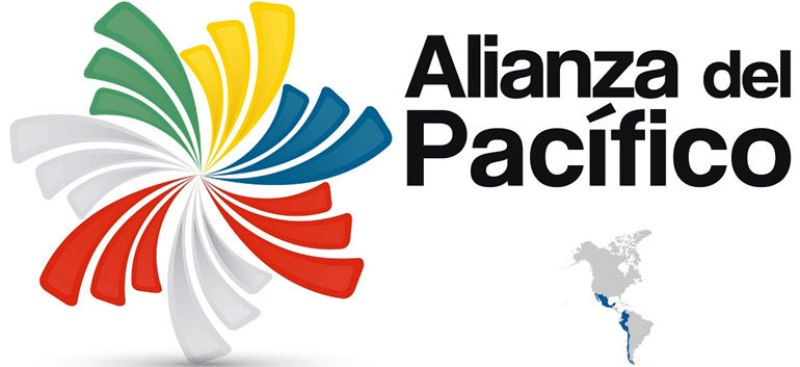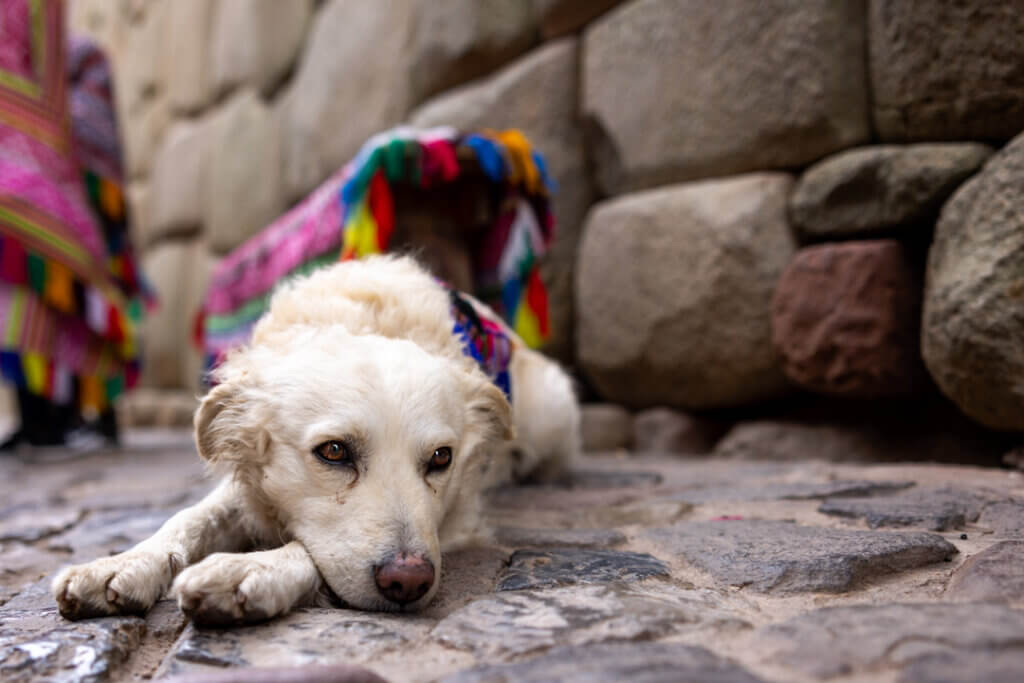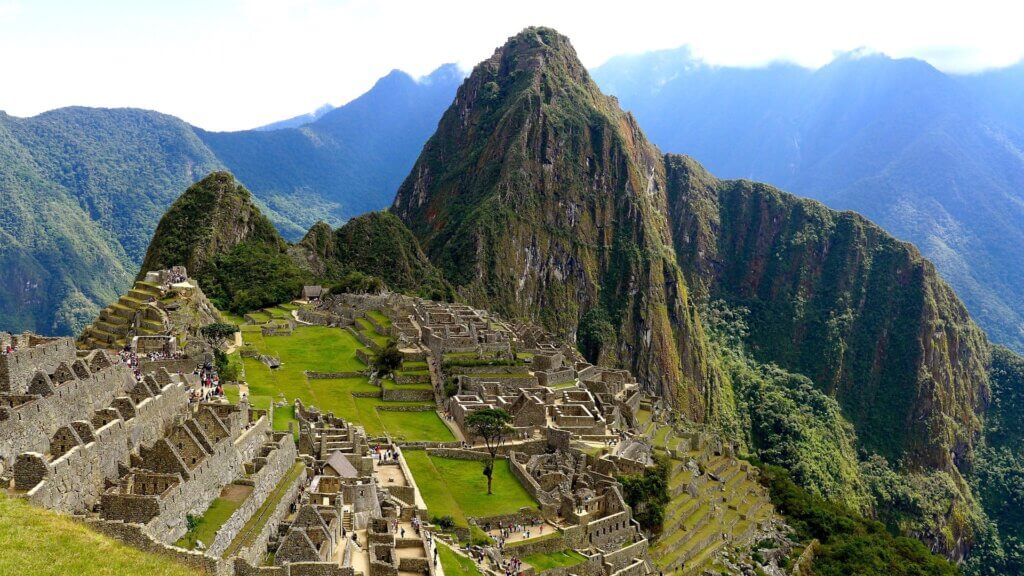
The Pacific Alliance is an economic and political bloc made up of Peru, Chile, Colombia and Mexico.
See the latest news for the Pacific Alliance.
The Pacific Alliance was created in the 2011 Declaration of Lima by Peru’s President Alan Garcia, Chile’s President Sebastian Piñera, Colombia’s President Juan Manuel Santos and Mexico’s President Felipe Calderon. The new bloc’s stated purpose was to “gradually move towards the free movement of goods, services, capital and people.”
The bloc’s aim marks a clear departure from the protectionist Mercosur bloc formed in 1991 by Argentina, Brazil, Paraguay, Uruguay and Venezuela. Unlike Mercosur, the Pacific Alliance openly embraces free trade among members as well as countries abroad. The Pacific Alliance is also committed to fiscal stability, opening its markets to foreign investment and strengthening ties with the Asia-Pacific region.
The legal framework underlying the bloc defines the alliance’s objectives in financing development, simplifying tourism and business travel as well as integrating each country’s stock exchange into one common trading platform, the Latin American Integrated Market (MILA).
In May 2016 the bloc’s trade pact eliminated tariffs on 92% of commercial products, with the remaining 8% to be phased out over the next three to 17 years. Each country also eliminated visa requirements for the other members’ citizens for visits of up to six months. The four countries also share embassies and consulates to help each other expand their legal footprints abroad.
The MILA exchange was created in 2011 to merge the stock markets of Peru, Chile and Colombia. When Mexico integrated its stock exchange in 2014, the market capitalization of the MILA exchange surpassed Brazil’s Bovespa to become the largest securities market in Latin America. However the exchange sees very little trading as the alliance struggles to integrate tax and legal systems along with technology platforms.
The alliance is currently working to create investment vehicles to fund infrastructure projects throughout the four countries. The group recently announced plans to purchase medicine as a bloc to leverage its combined population to negotiate lower prices.
The four countries of the Pacific Alliance have a population of 224 million whose combined GDP totaled $1.9 trillion in 2015, the eighth-largest economy in the world. The Pacific Alliance accounts for 37% of greater Latin America’s population, 35% of its GDP, 46% of exports and 50% of imports.
Costa Rica and Panama have expressed their desire to join the Pacific Alliance. Their acceptance is pending their fulfillment of membership requirements, one of which requires bilateral free-trade agreements with each member country.
In addition to Costa Rica and Panama, the Pacific Alliance’s 42 observer countries include the United States, Australia, Austria, Belgium, Canada, China, Costa Rica, Denmark, Dominican Republic, Ecuador, El Salvador, Finland, France, Georgia, Germany, Greece, Guatemala, Haiti, Honduras, Hungary, India, Indonesia, Israel, Italy, Japan, Morocco, Netherlands, New Zealand, Panama, Paraguay, Poland, Portugal, Singapore, South Korea, Spain, Sweden, Switzerland, Thailand, Trinidad and Tobago, Turkey, United Kingdom and Uruguay.






